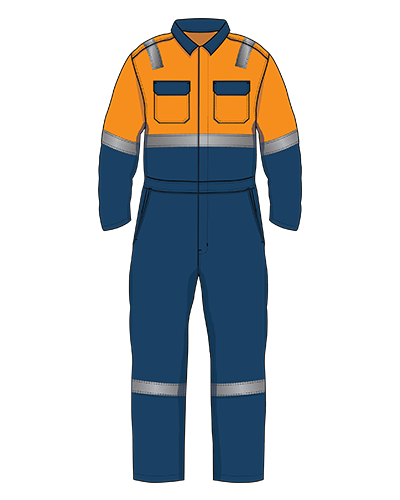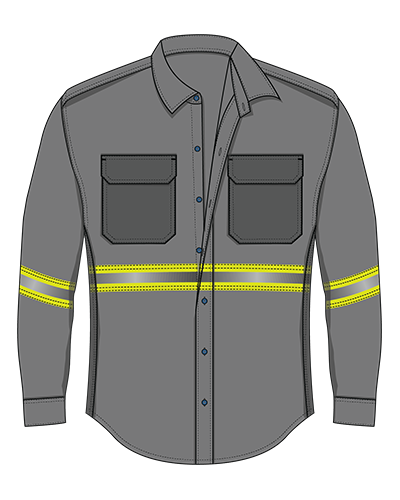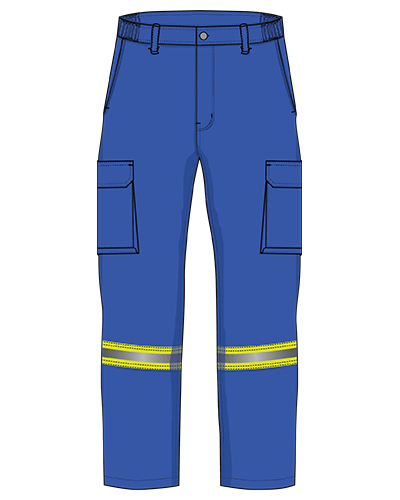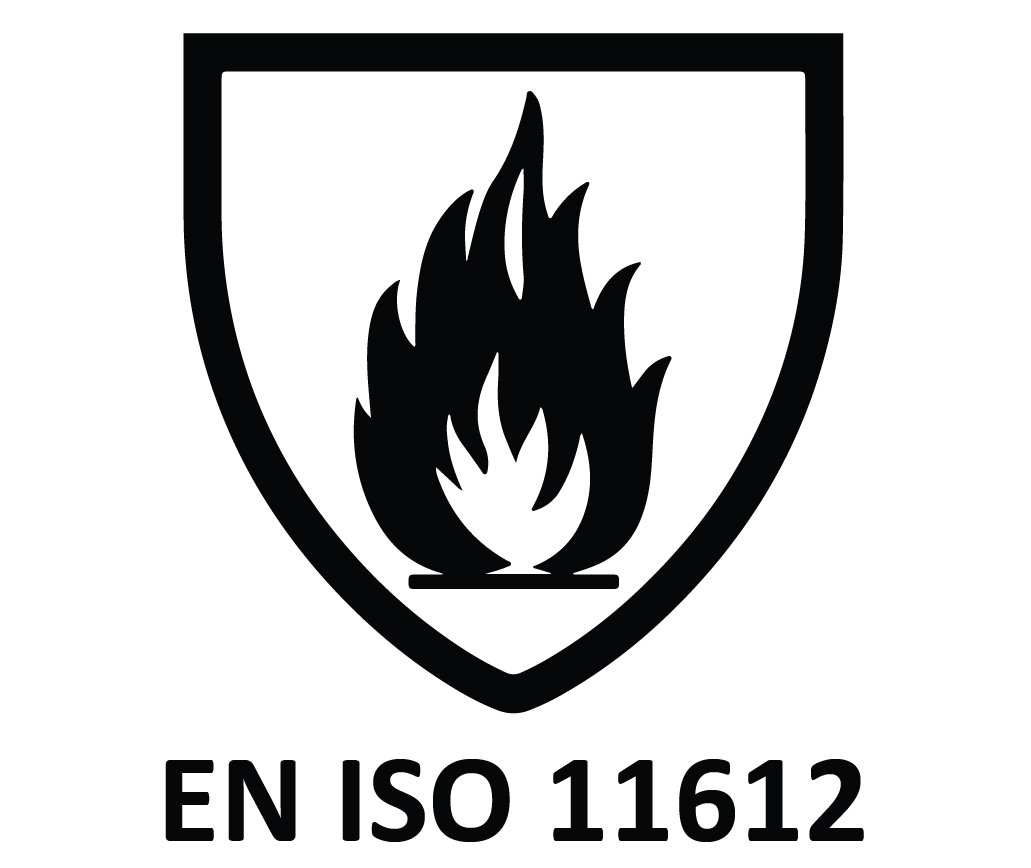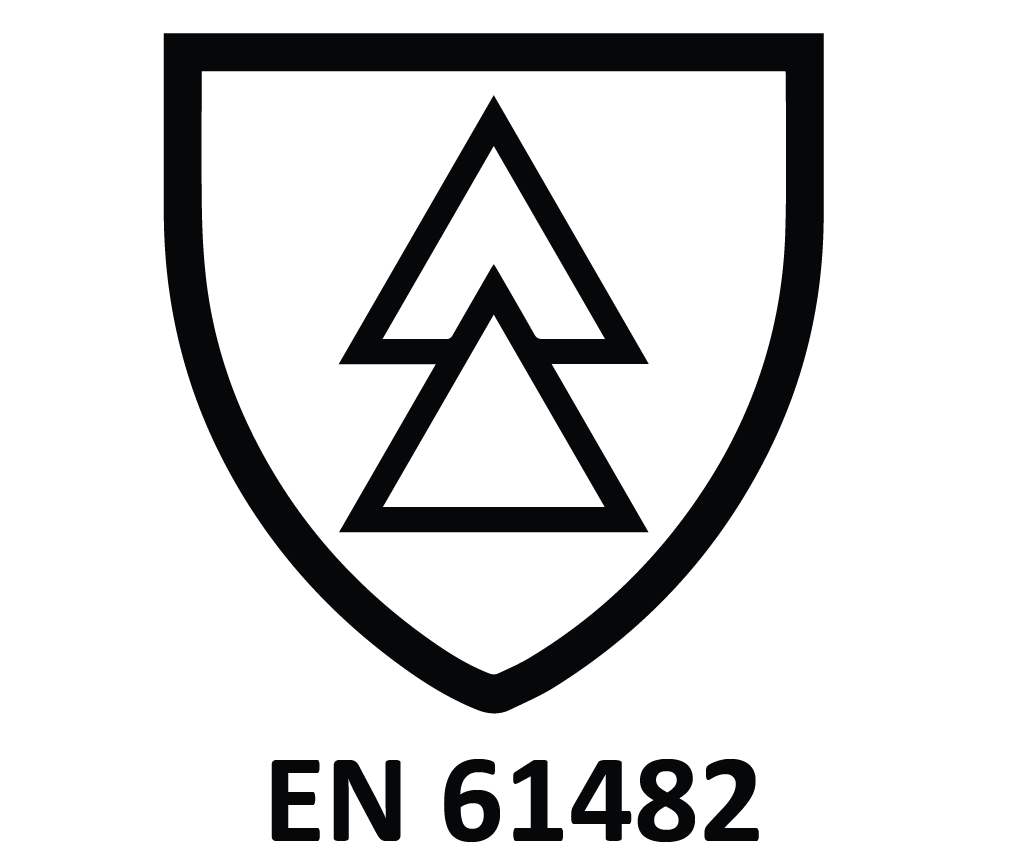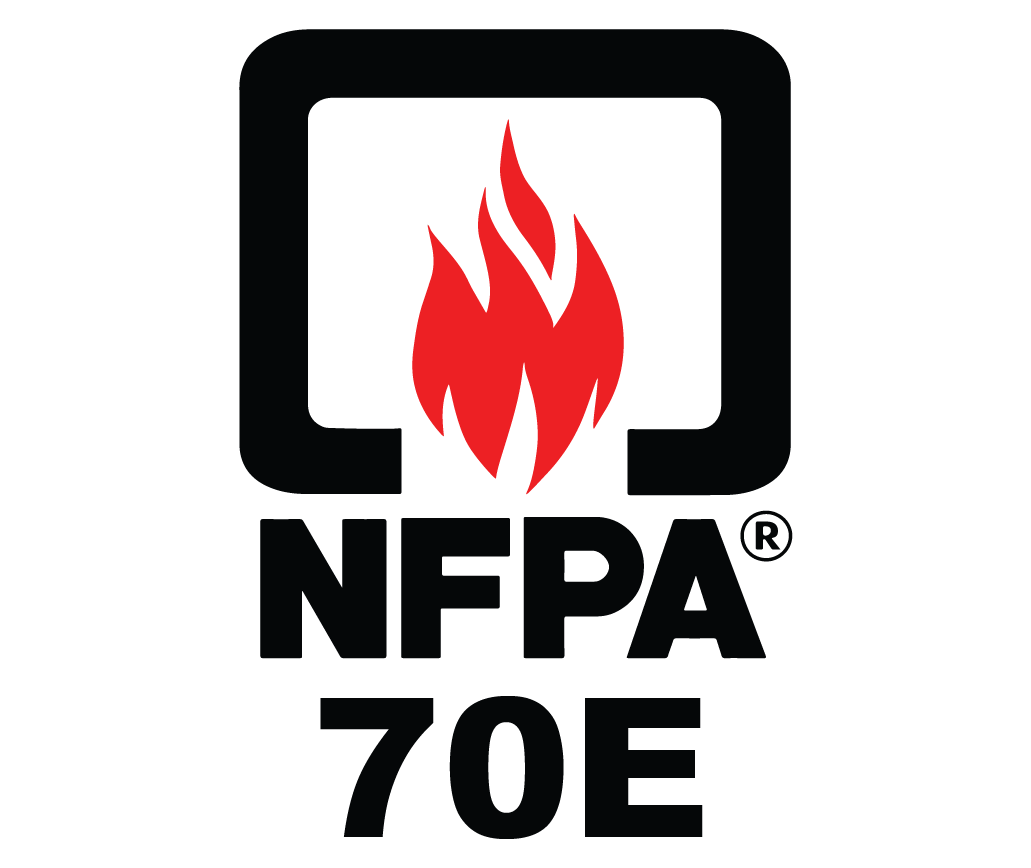Inherent Fire Retardant
- home /
- our products
- Inherent Fire Retardant
OUR PRODUCTS
Inherent Fire Retardant
Apparels made from inherent fire-retardant fabric use fibers that have built-in flame resistance. Unlike treated FR fabrics which are made by applying a chemical coating to the surface of a fabric, inherent FR fabrics are molecularly structured in a way to possess the flame-retardant properties naturally. As a result, the fabric’s fire resistance will not degrade throughout the life of the garment. Although we generally recommend to dispose the garment if it has been exposed to a hazard.
Apparels made out of Inherent Fire Retardant fabrics have a sizeable weight in the FR protective wear category. The main factors that contributed to the importance of the same are as follows:
- Ease of use in high-temperature working zones: IFR fabrics can be made as low as 150 GSM, thus providing comfort in wearing and working with the same vis-a-vis treated FR fabrics, which can be pretty bulky.
- Cost-effectiveness: IFR apparel is cost-effective to companies as it is durable and has a longer life span. It can easily endure the erosion of daily usage, generally up to a year, resulting in fewer replacements.
- Adequate protection: Most IFR fabrics meet the basic FR norms for workplace hazards. So, there is no compromise on the protection levels.
- Wide range of assortments: Different products can be created in the IFR category with a blend of natural and IFR fibres, providing plenty to choose from based on comfort, price, and protection levels.
Our Inherent Fire Retardant products
Nomex
A unique combination of 93% Meta Aramid, 5% Para Aramid & 2% Antistatic which is trademarked and sold by Dupont. We make the below products from Nomex fabrics –
1) Lightweight Nomex Coveralls
2) Nomex Pants
3) Kevlar Nomex Pants
4) Nomex Cargo Pants
Modacrylic Blends
Modacrylic fibers are soft, durable and breathable. It makes a great choice for people who are looking for safety along with comfort. We manufacture a wide range of modacrylic clothing with other blended fibers such as cotton, viscose, meta-aramid, para-aramid, carbon fibers based on the hazard and the geography where the product would be used. Our modacrylic IFR products are as below -
1) IFR Shirts
2) IFR Jacket
3) IFR Pant
4) IFR Coveralls
Aramids
Modacrylic fibers are soft, durable and breathable. It makes a great choice for people who are looking for safety along with comfort. We manufacture a wide range of modacrylic clothing with other blended fibers such as cotton, viscose, meta-aramid, para-aramid, carbon fibers based on the hazard and the geography where the product would be used. Our modacrylic IFR products are as below -
1) IFR Shirts
2) IFR Jacket
3) IFR Pant
4) IFR Coveralls

